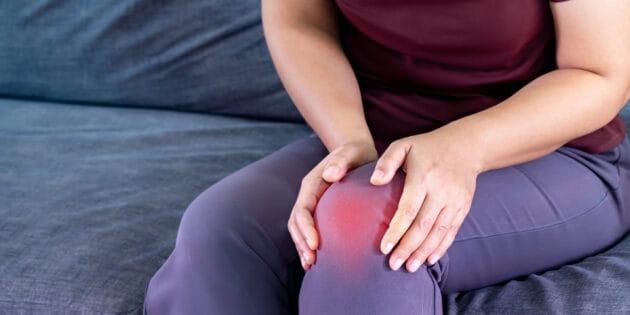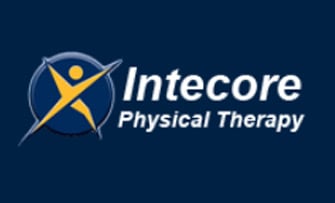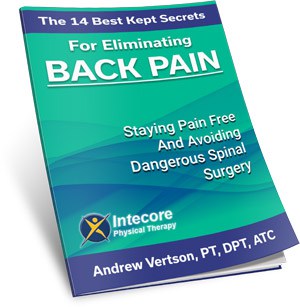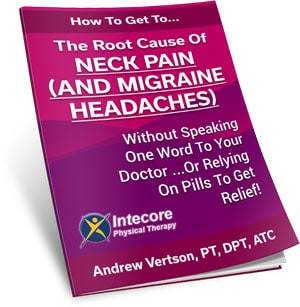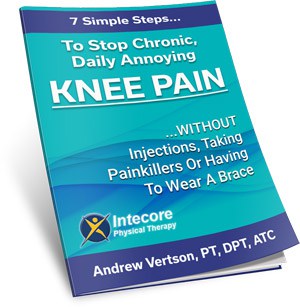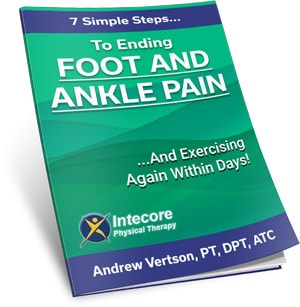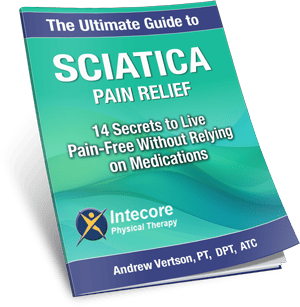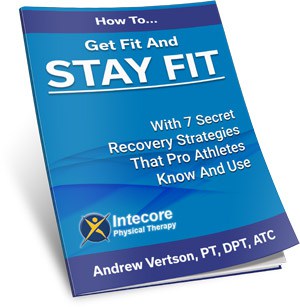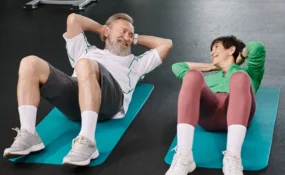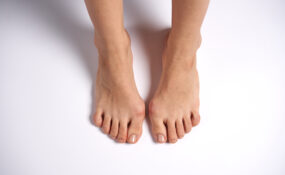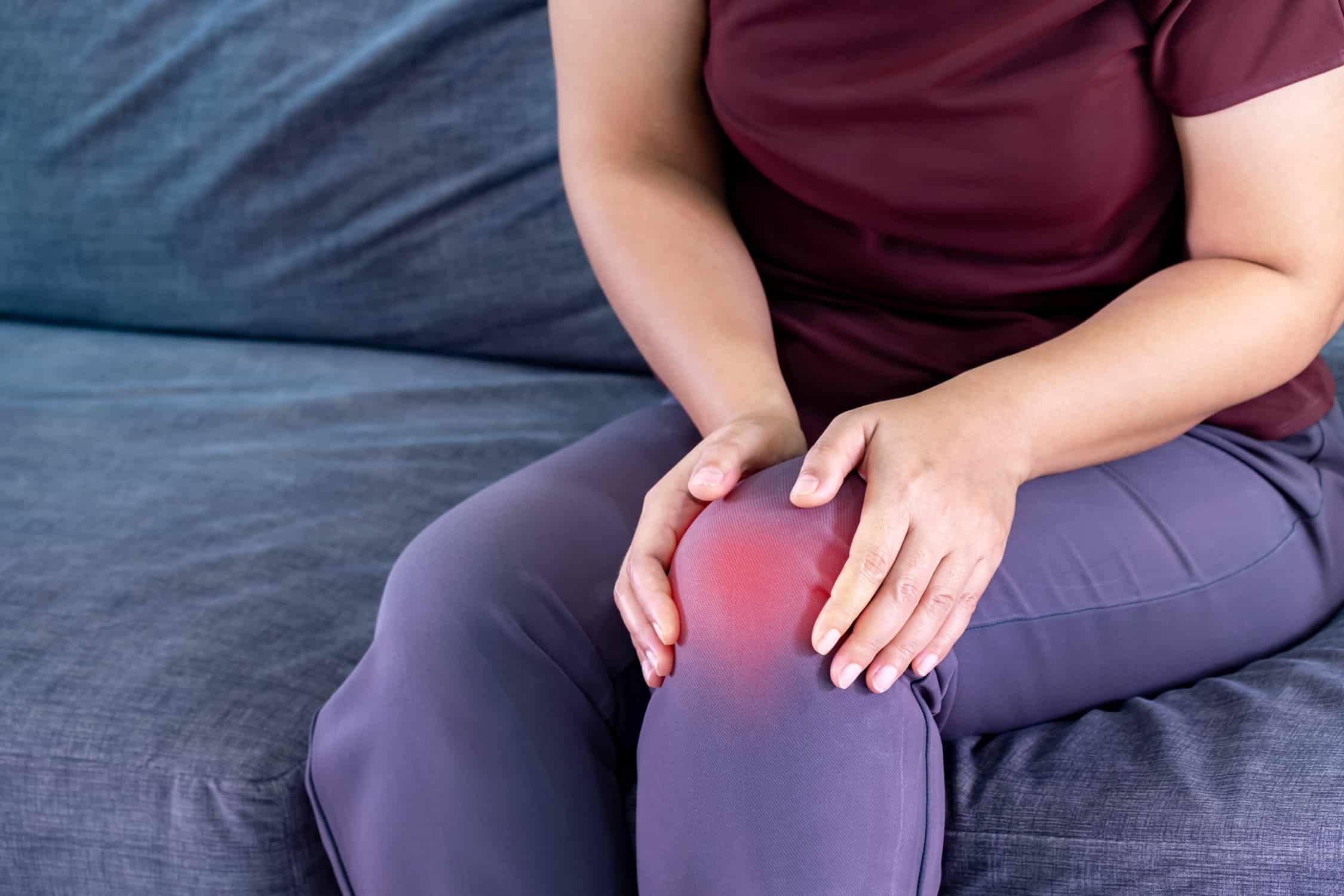
For some of us, the welcoming of autumn can bring the onset of unwelcome companions – joint stiffness and pain. Have you ever wondered, “What causes joint stiffness and pain during colder months?” In this article, we delve deep into the factors behind these discomforts and provide you with strategies to manage joint pain and stiffness. So, get ready to unlock the secrets to staying active, pain-free, and fully enjoying the wonders of autumn.
More Posts Like This From Intecore:
Essential Fall Prevention: Expert Physical Therapy Tips
Discover The 5 Key Benefits of Physical Therapy for Athletes in Orange County
5 Causes of Neck Stiffness and How to Combat Chronic Neck Pain
Table of Contents
Understanding the Common Causes of Joint Pain and Stiffness
1. Changes in Temperature and Humidity
Autumn’s arrival often brings a change of colors and a noticeable drop in temperature. But it also brings discomfort for many: joint pain and stiffness. One of the key reasons for joint discomfort in response to temperature changes lies in the way our joints are constructed. Joints are comprised of various components which work together to provide lubrication and cushioning, allowing our joints to move smoothly.
However, when the temperature drops, the way our joints work can change. Our blood vessels can constrict, diverting the blood flow away from the joints. Our muscles tend to tighten in response to the cold stress. And if you have arthritis, the cold can exacerbate inflammation in the joints, leading to increased pain and discomfort.
2. Reduced Physical Activity Levels
As the temperatures drop, it’s only natural to be drawn to the warmth and comfort of the indoors, and the temptation to get cozy with a blanket and a good book can lead to a noticeable reduction in physical activity. While this may seem like a harmless response to the colder weather, it can have an impact on your joints.
A lack of movement means your joints experience reduced lubrication and nourishment from synovial fluid, which can lead to stiffness. Joints are designed to be in motion, and prolonged periods of inactivity can make them feel stiff and less flexible.
Physical activity also helps maintain healthy blood circulation. When you’re less active, circulation can slow down, which can exacerbate joint pain and stiffness.
3. Seasonal Allergies and Inflammation
Autumn is notorious for triggering allergies. What you may not know is that seasonal allergies can also contribute to joint inflammation and joint stiffness symptoms. These allergies are typically associated with symptoms like sneezing, runny nose, and itchy eyes. However, what’s less commonly known is that seasonal allergies can affect your joints too.
If you already have a joint condition, like osteoarthritis rheumatoid arthritis, seasonal allergies can make you more sensitive to joint pain due to and increase in inflammation.
Benefits of Physical Therapy for Joint Pain and Stiffness
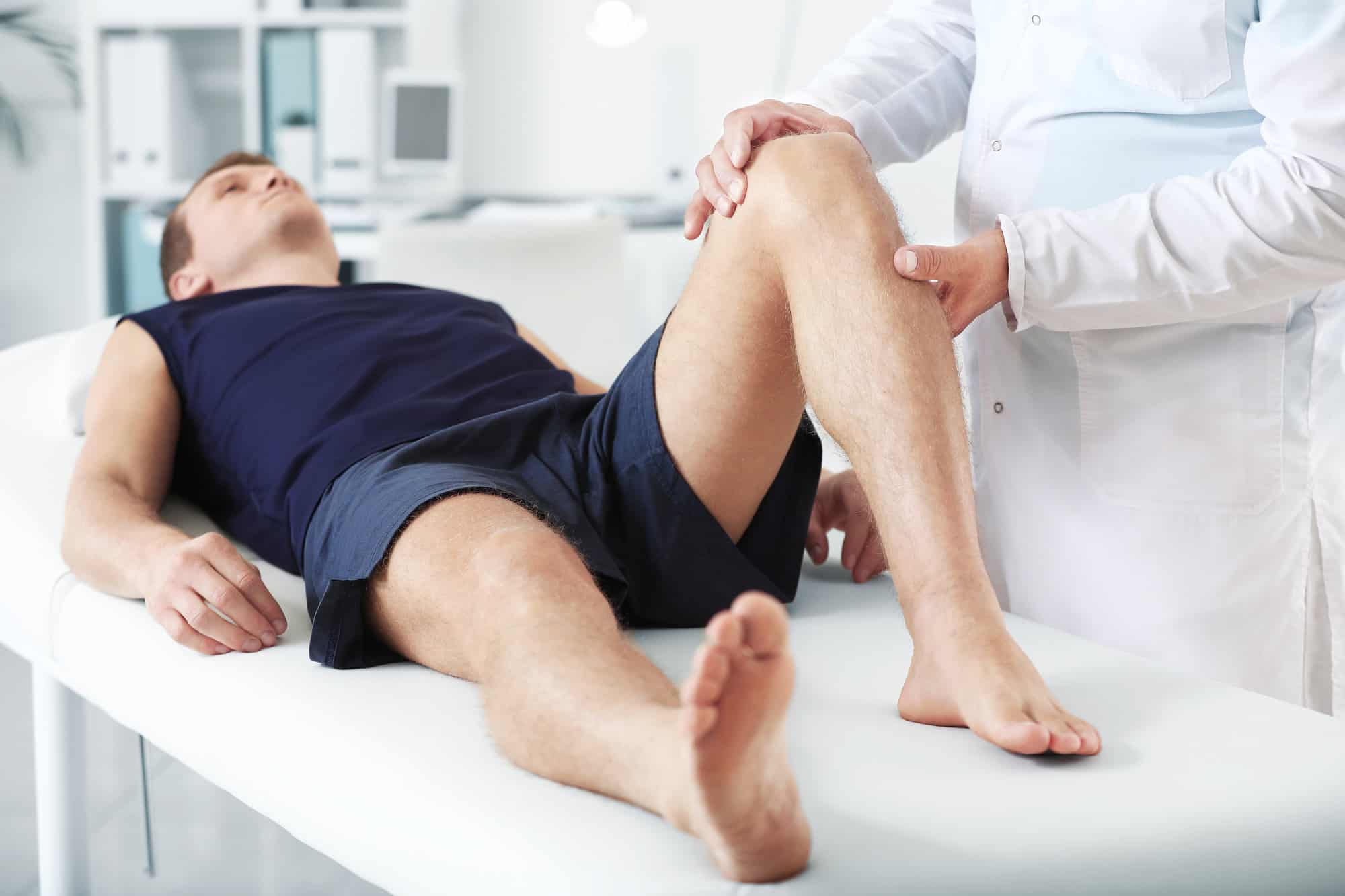
Physical therapy offers a range of benefits tailored to address and alleviate aches and pains. Here’s how:
- Targeted Pain Relief: Physical therapists are experts in understanding the intricacies of the musculoskeletal system. We can pinpoint the source of pain, and build a treatment plan to address the root cause of your discomfort.
- Customized Treatment Plans: No two individuals are the same, and neither are their pain experiences. We work with you to create personalized treatment plans. No matter what you’re dealing with, we can work with you to help you get relief in the most safe and effective way possible.
- Improved Mobility: Physical therapy aims to enhance your mobility, ensuring that you can move freely and comfortably, so you can participate in fall activities without restrictions.
- Prevention of Recurrence: Physical therapists not only treat current pain but also work to prevent its recurrence. We provide you with tools and techniques to maintain a pain-free lifestyle.
Key Exercises and Techniques to Relieve Joint Pain and Stiffness
1. Gentle Stretching and Range-of-Motion Exercises
Gentle stretching and range-of-motion exercises help improve flexibility and increase the range of motion in your joints, reducing discomfort caused by restricted movement. A physical therapist can guide you through tailored stretching routines, ensuring they target the specific joints affected by the colder temperatures. Here’s an example of a gentle stretch:
Neck Stretch for Range of Motion:
- Sit or stand with your back straight.
- Slowly tilt your head to one side, bringing your ear toward your shoulder.
- Hold the stretch for 15-30 seconds.
- Return your head to the upright position.
- Repeat the stretch on the other side.
- Perform 2-3 repetitions on each side.
2. Strengthening Exercises for Joint Support
By strengthening the muscles around your joints, you provide them with stability and protection.
A physical therapist can give you customized exercises especially to help you, but here’s an example of an exercise to give your joints stability…
Heel Raises For Calf Strengthening:
- Stand with your feet hip-width apart.
- Slowly raise your heels off the ground and lift your body weight onto your toes.
- Hold for a moment at the top.
- Lower your heels back down.
- Repeat for 10-15 repetitions.
3. Manual Therapy Techniques
Manual therapy techniques, administered by a trained physical therapist, work wonders to relieve joint pain and stiffness. These hands-on techniques encompass a range of methods, such as joint mobilization and soft tissue manipulation, to address specific joint issues. These techniques can alleviate joint restrictions, reduce inflammation, and enhance blood flow to affected areas to relieve discomfort.
Ready to Get Relief For Joint Pain?
If you’ve found this blog helpful and are eager to get the help you deserve we invite you to take the next step with us. To find out more, click here to fill out this form and tell us more about what’s going on, and our team will be in touch. You can also give us a call here: 949-565-4944.
- 7 Ways to Get Rid of Tension Headaches Naturally - July 1, 2025
- Why Are My Feet Swollen? Common Causes Explained - June 2, 2025
- What Is Restless Leg Syndrome? Symptoms, Causes, and Relief Options - May 5, 2025

